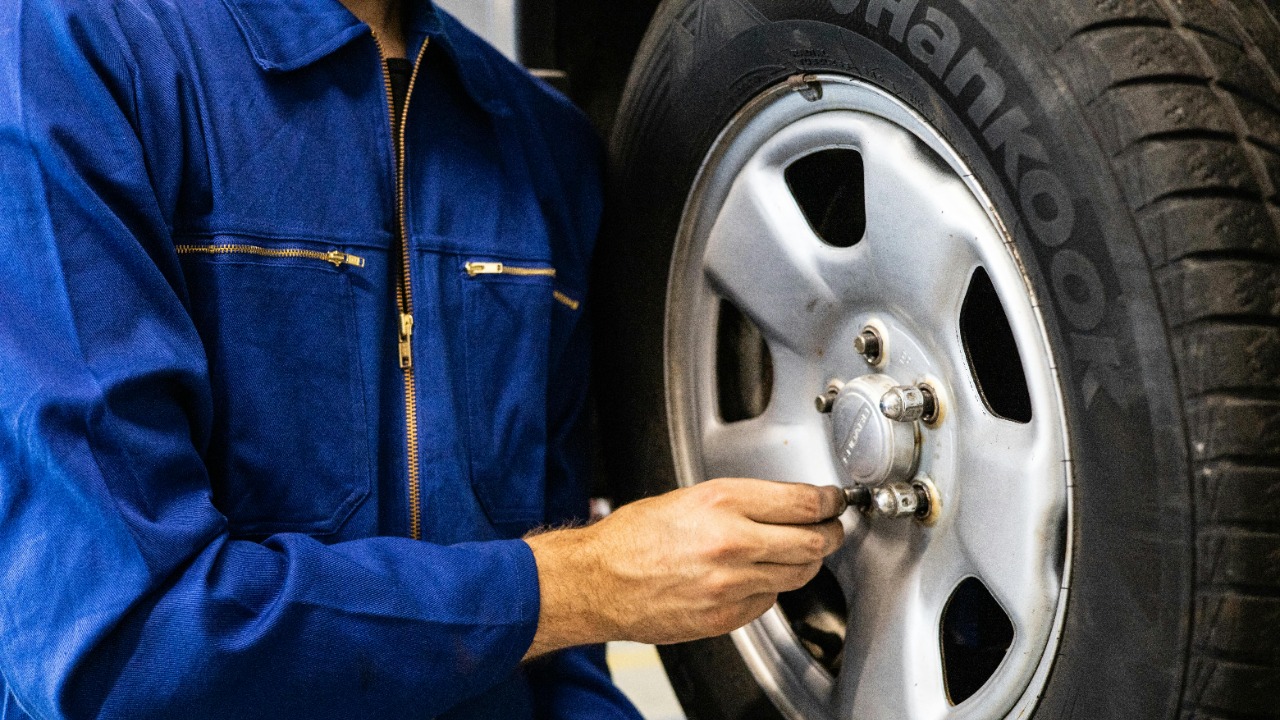
Understanding the markings on a tire sidewall is akin to deciphering a “Rosetta of Rubber,” a critical aspect of vehicle safety and performance. These markings, found on both sides of the sidewall, provide essential information such as load ratings, speed symbols, and manufacturing details. However, the two sides are not identical and serve different purposes, a fact often overlooked, leading to potential mismatches in tire rotation or replacement that could affect handling and longevity.
Defining the Tire Sidewall Structure
The tire sidewall is the flexible rubber section that connects the tread to the bead. It plays a crucial role in absorbing shocks and protecting the inner components of the tire. During manufacturing, the sidewalls are molded with raised lettering and symbols, with one side typically facing outward for easy inspection. The material composition of the sidewall includes rubber compounds reinforced with plies, which significantly affects its durability under pressure.
Markings on the Outer Sidewall
The outer sidewall is designed for quick roadside checks and contains prominent markings such as the DOT code, size specifications like width and aspect ratio, and service descriptions including load index and speed rating. Additionally, the brand name, model, and maximum inflation pressure are embossed here, standardized for consumer reference per industry regulations. Some tires also feature rotation arrows or directional indicators on this side, which guide the proper tire mounting orientation.
Details on the Inner Sidewall
While less visible, the inner sidewall contains engravings that are essential for technicians during inspections. These include ply construction details, steel belt information, and inner liner specifications. Manufacturing date codes and serial numbers are often placed inward to prevent tampering, providing traceability back to the production facility. Temperature and traction ratings might also be reiterated here, ensuring comprehensive data even if the outer markings wear over time.
Key Differences Between the Two Sides
The outer and inner sidewalls differ in terms of visibility and accessibility. The outer side is designed for driver convenience, while the inner requires dismounting for full review. The depth of technical information also varies, with the outer focusing on user essentials like inflation limits and the inner delving into structural layers for professional analysis. Aesthetically, the outer markings avoid protruding for smoother vehicle aesthetics, while the inner ones prioritize durability.
Interchangeability of Sidewall Sides
Whether tires can be flipped depends on their type. Non-directional tires allow reversal, but directional ones do not due to tread patterns affecting the sidewall’s role in water evacuation. Improper flipping can lead to safety issues such as altered load distribution or hidden damage exposure. It’s recommended to consult service descriptions to check interchangeability and avoid voiding warranties.
Practical Tips for Reading Sidewalls
Interpreting the codes on both sides of the sidewall involves a step-by-step process, starting with locating the DOT serial for age verification and progressing to load calculations. Common misreads, like confusing aspect ratio with rim diameter, can be avoided by understanding how both sides contribute to accurate vehicle matching. Regular inspections and tools like magnification for inner details can ensure sidewall integrity remains uncompromised.
By understanding the different sides of tire sidewalls, drivers can ensure they are using the correct tires for their vehicle, enhancing safety and performance. As the 2012 article emphasizes, these markings are not just random symbols but a language that communicates vital information about your tires.
More from MorningOverview